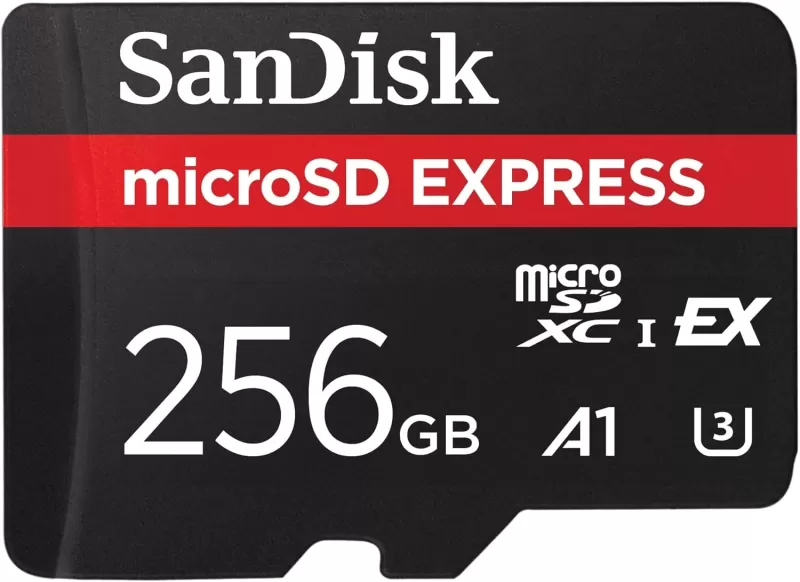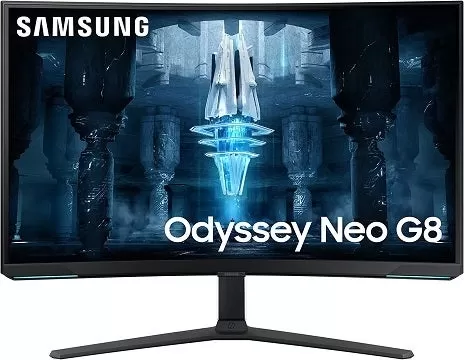Gaming Monitors Outpace Expectations at Computex 2025
Three cutting-edge gaming monitors were unveiled at Computex, each pushing the boundaries of refresh rates to new heights. The standout model is the Asus ROG Strix Ace XG248QSG, a 1080p display boasting an unprecedented 610Hz refresh rate. Meanwhile, both MSI and Acer have introduced 1440p monitors with 500Hz refresh rates, specs that challenge even the most powerful GPUs like the RTX 5090, particularly when leveraging multi-frame generation.
Acer's offering, the Predator X27U F5, not only impresses with its speed but also features a QD-OLED display, ensuring exceptional color accuracy. Initially launching in Europe and China with a starting price of €899, Acer plans to bring it to the US market, though pricing remains undisclosed due to ongoing tariff negotiations. The company promises to reveal US prices closer to the monitor's availability, but given the rising cost of tech products, affordability seems unlikely.
Similarly, MSI's 27-inch MPG 271QR X50 also utilizes a QD-OLED panel, yet its pricing remains under wraps. What sets this monitor apart is its innovative AI feature. As reported by PC Gamer, the monitor includes a sensor that detects when you step away, triggering the display to shut off and engage burn-in protection via an NPU (Neural Processing Unit). This AI-driven approach to burn-in prevention, while slightly unnerving, offers a more seamless experience than traditional methods that might interrupt your gameplay.
Do Gaming Monitors Need to Be This Fast?
The introduction of monitors with such high refresh rates, like the Asus ROG Strix Ace XG248QSG with its 610Hz capability, raises the question of necessity. Even at 1080p, achieving 610Hz demands a powerhouse like the RTX 5090, often requiring multi-frame generation, which is generally discouraged in competitive settings due to added latency.
Beyond the GPU, achieving these super-high frame rates also necessitates a robust CPU to maintain a steady data feed to the graphics card. While technologies such as Nvidia Reflex and frame generation can help, the demand for a powerful CPU becomes critical at around 600 fps.
However, the potential benefit lies in significantly reduced render latency, which is crucial for competitive gaming. Players of games like Counter-Strike 2 prioritize high frame rates over graphical fidelity to minimize input lag, understanding that even milliseconds can make a difference in competitive outcomes. Whether these benefits justify the expected high cost of such monitors remains a key consideration for most gamers.





























